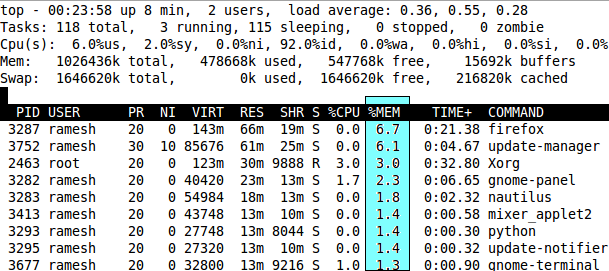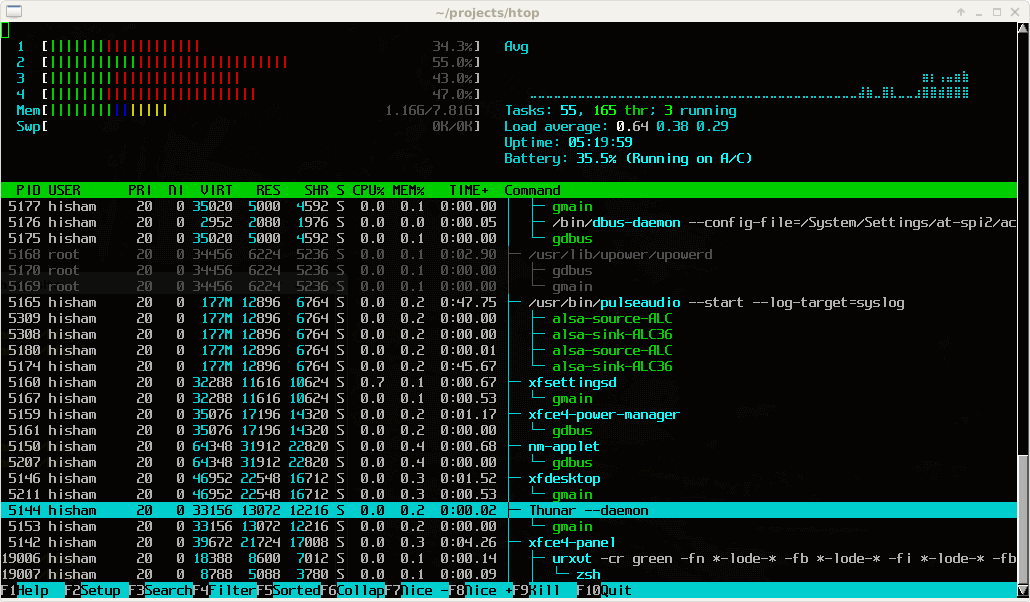To infinity and beyond, Linux users! I am Buzz Lightyear, and today I'll be your guide on monitoring processes in Linux.
First things first, let's get to grips with the basics. Processes are programs running on your Linux system, and monitoring them is an essential part of system administration. The good news is that Linux provides a range of powerful tools to help you do just that.
The first tool we're going to look at is the 'ps' command. This command shows you a list of all the processes running on your system, along with their process IDs (PIDs). To use it, open up your terminal and type 'ps' followed by the desired options. For example, run this in your terminal:
ps auxNext up, we have the 'top' command. This is a dynamic real-time process monitoring tool that displays system summary information, and a list of active processes. It updates the information every few seconds and is great for keeping an eye on what's going on in your system. To use it, simply type 'top' into your terminal. You can press 'q' to quit the program
topIf you need a more detailed view of a particular process, the 'pidstat' command is your friend. It displays performance statistics for a specified process, including CPU and memory usage, I/O rates, and much more. For example, to monitor the resource usage of the 'firefox' process, you could use the following command:
pidstat -p $(pgrep firefox) 1Another helpful tool is 'htop'. This is a process monitoring tool that is similar to 'top', but with a more intuitive user interface. It provides a real-time view of all processes running on your system, and you can easily sort them by different criteria. To install it, you can use the following command:
sudo apt-get install htopFinally, we have 'systemd-cgtop'. This command shows you a real-time view of the resource usage of systemd control groups (cgroups). Cgroups are used to group processes and manage their resource usage, making this tool particularly useful for tracking down resource hogs. To use it, simply type 'systemd-cgtop' into your terminal.
systemd-cgtopSo there you have it, Linux users! Buzz Lightyear's guide to monitoring processes in Linux. With these powerful tools at your disposal, you can keep a close eye on your system's performance and ensure that everything is running smoothly. Remember, monitoring is key to successful system administration. To infinity and beyond!


